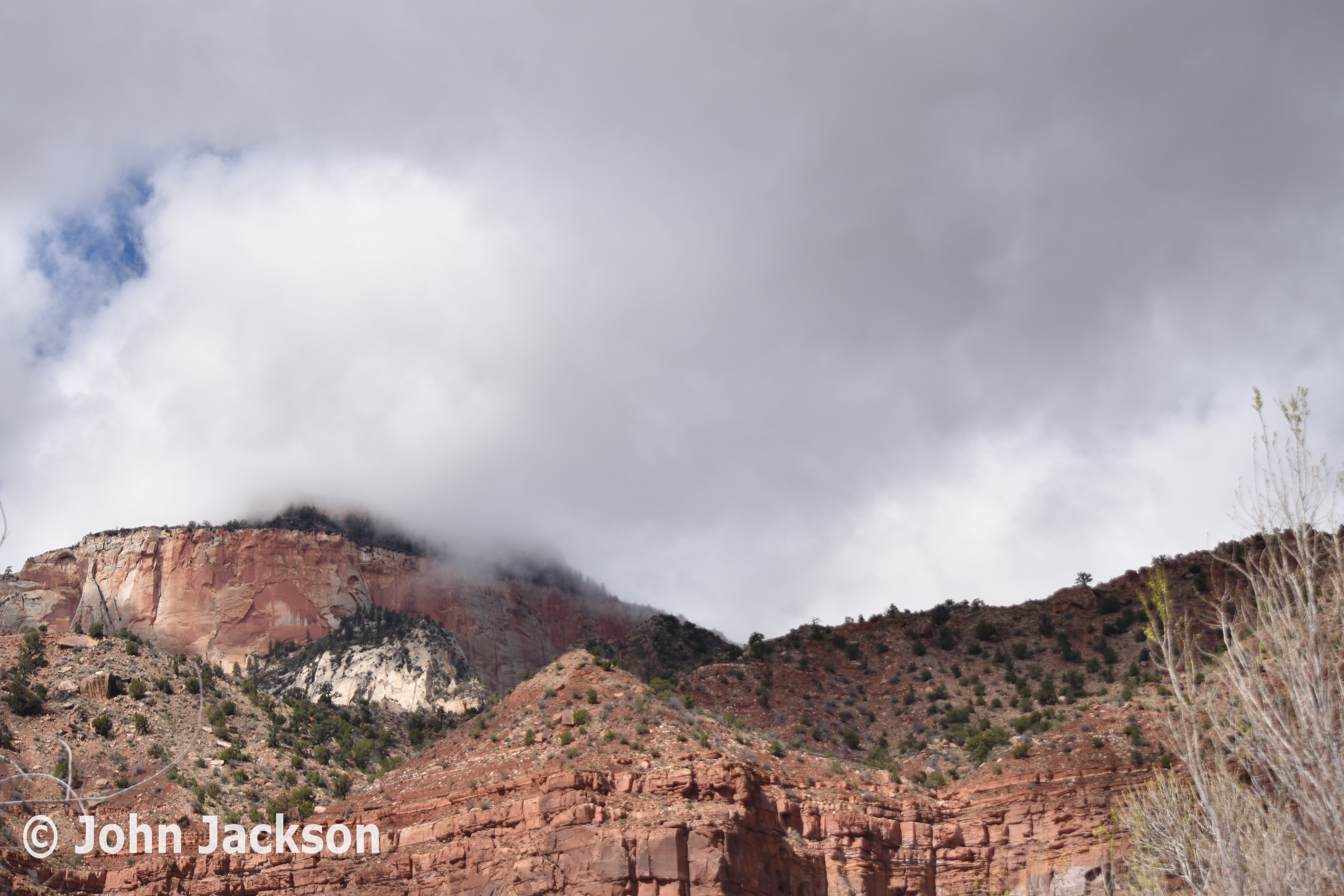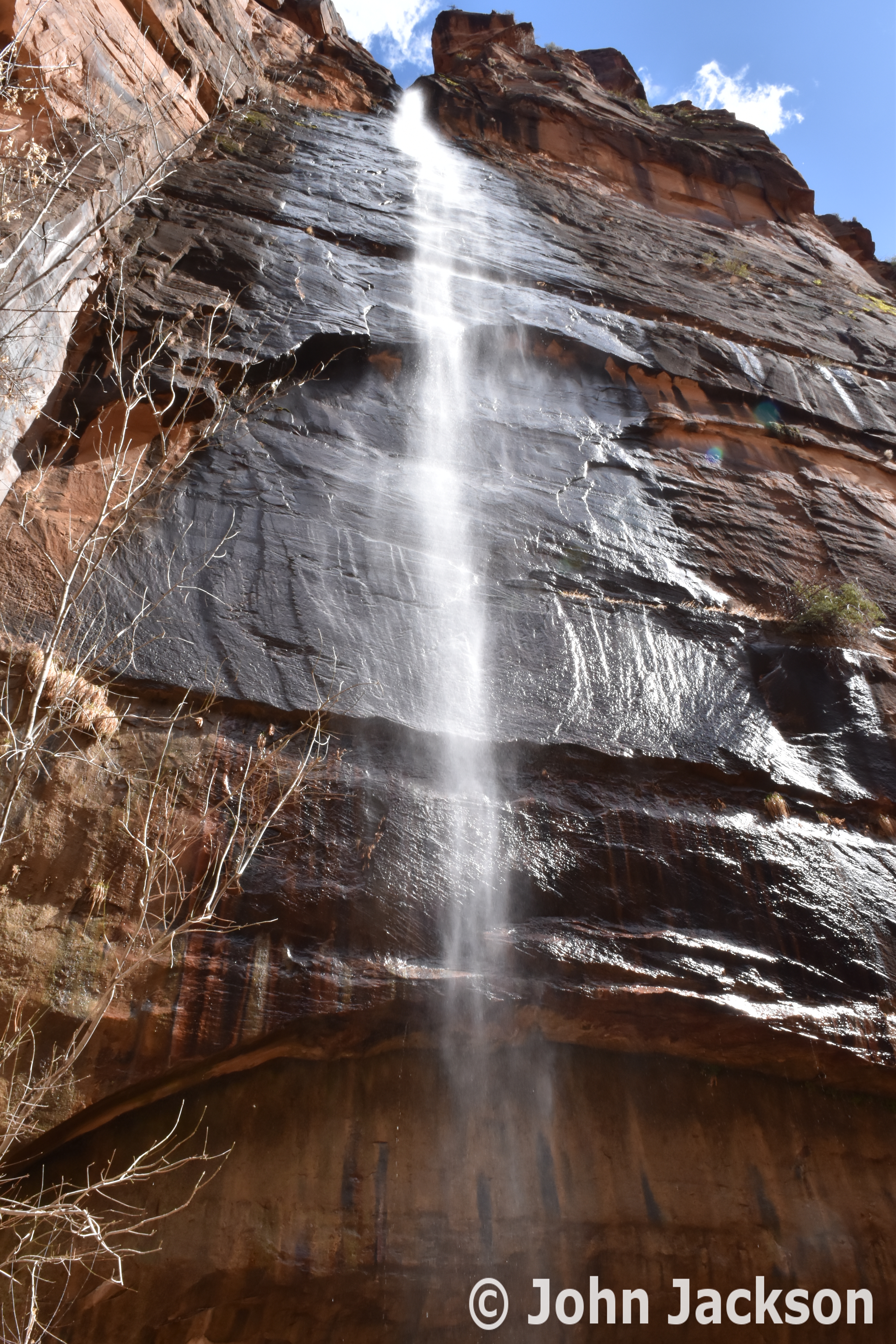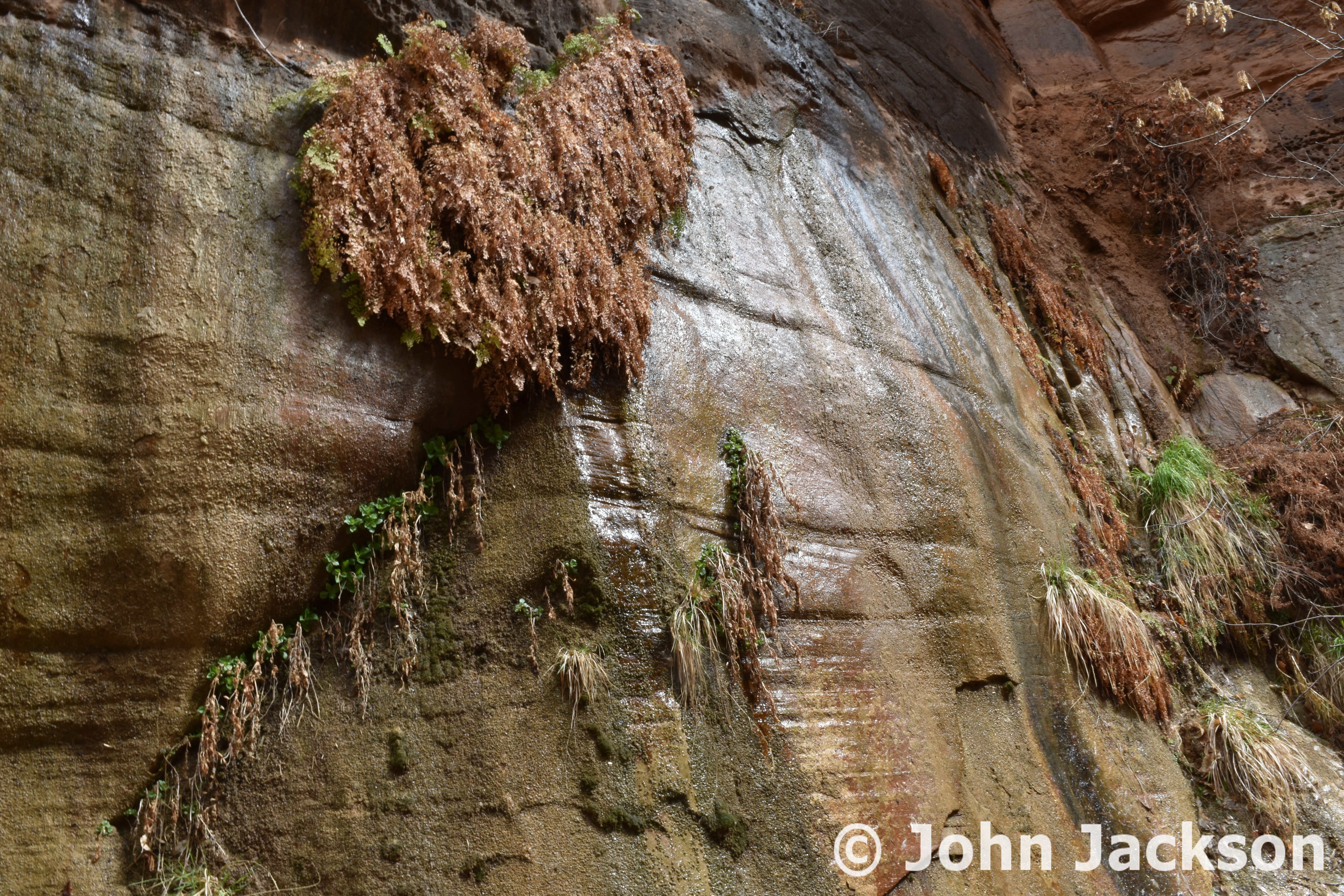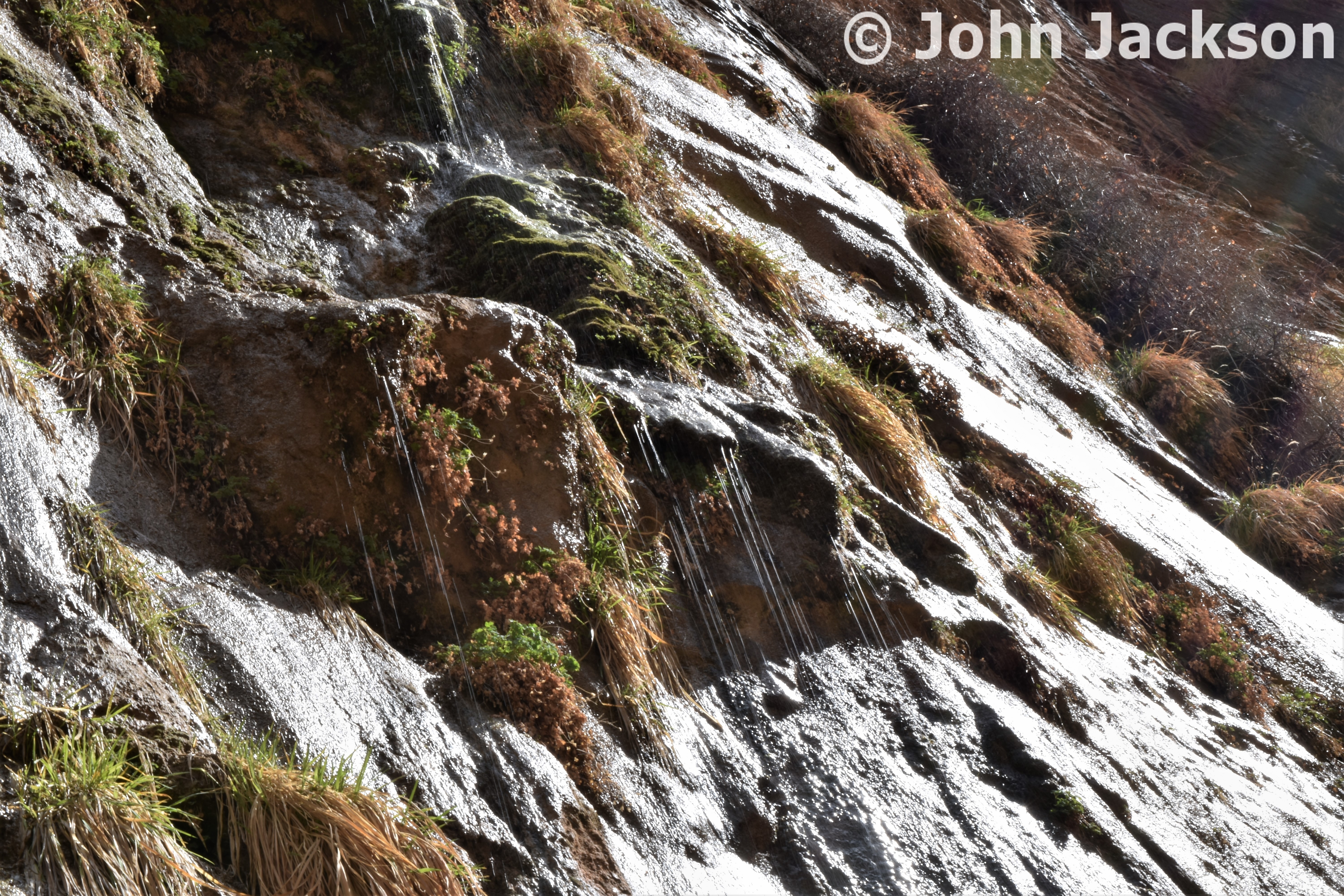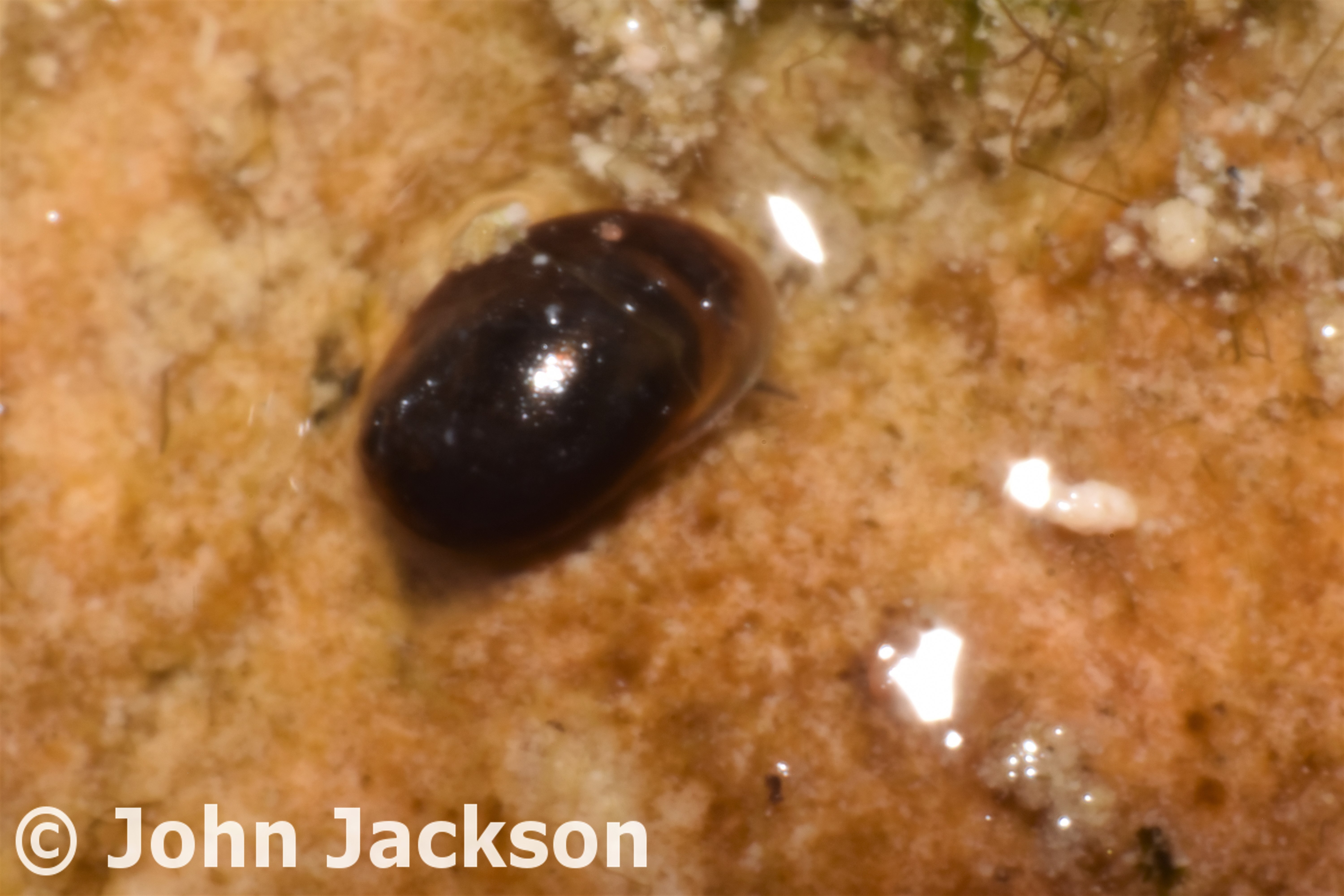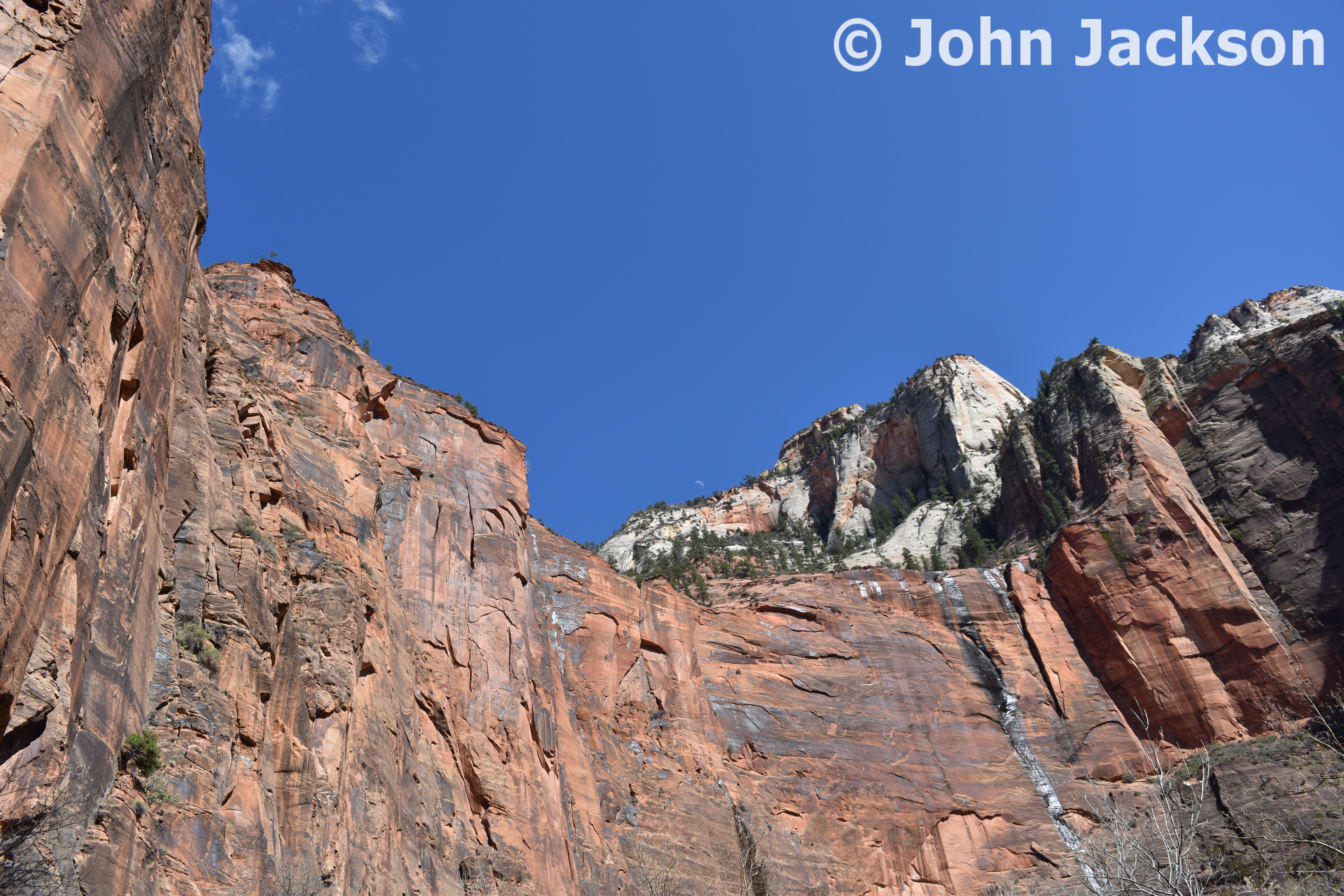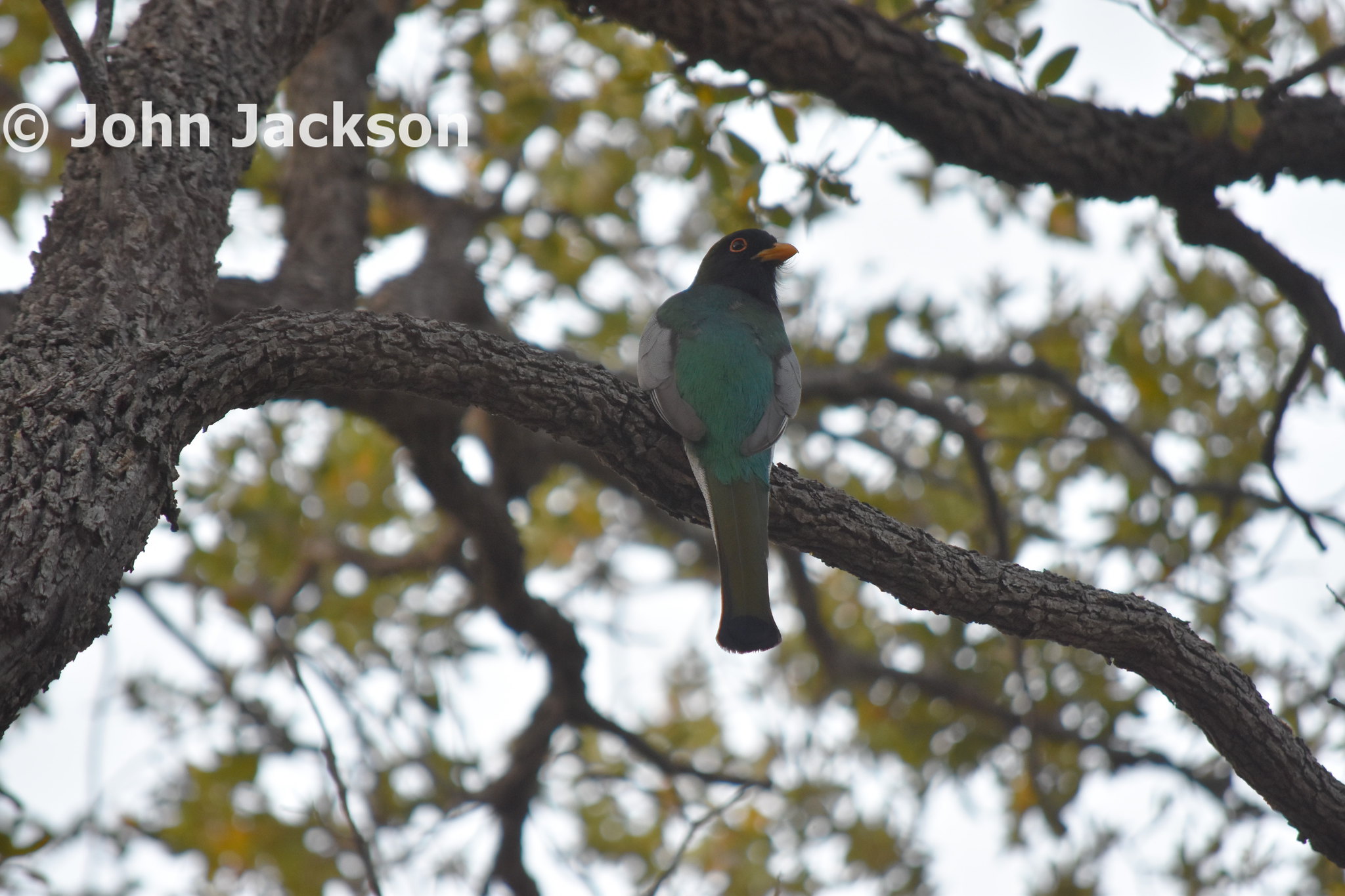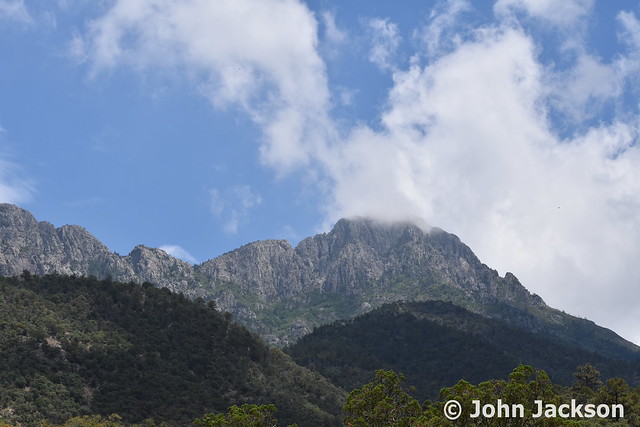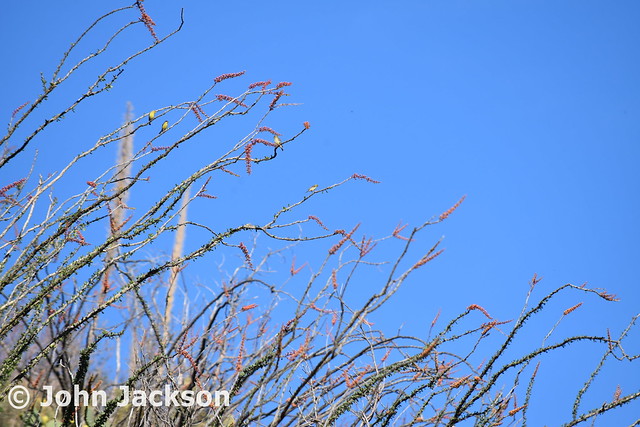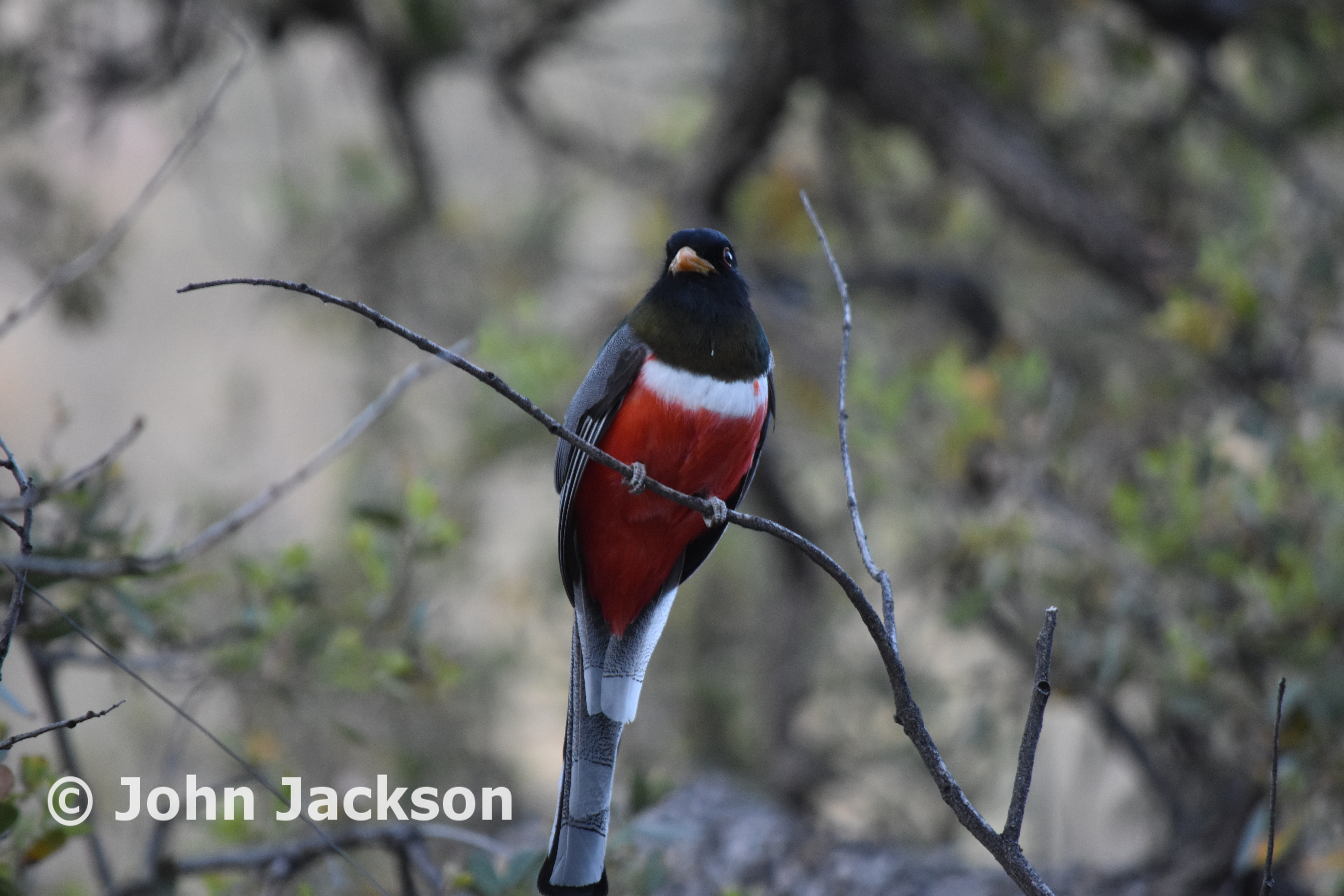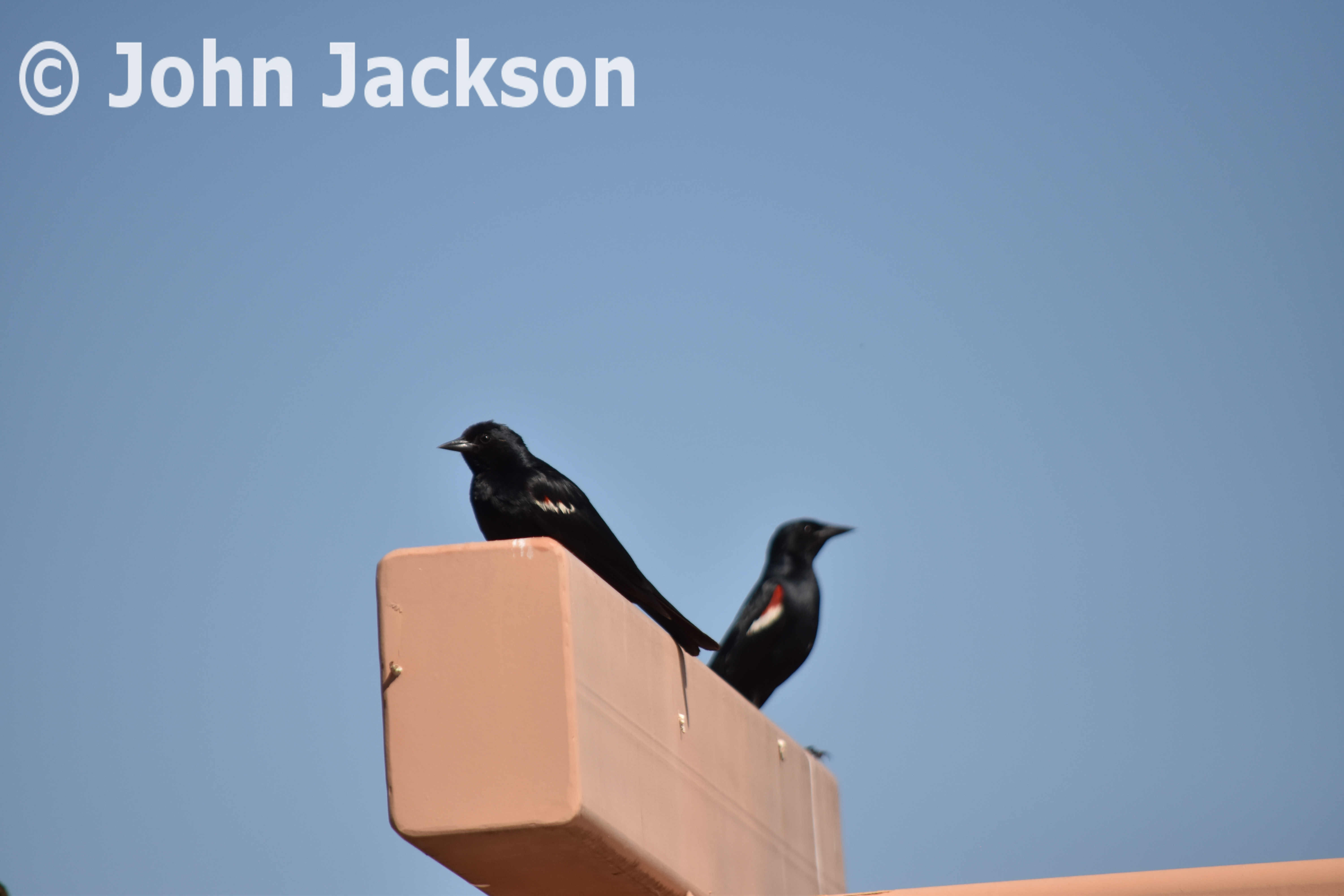 |
| The Tricolored Blackbird (Agelaius tricolor) is an endangered species. Despite this I found and photographed a flock that was hanging around a Hampton Inn and Costco Parking lot. |
When most people picture endangered species, they think of tigers in a pristine jungle, or elephants out on the African Savannah. We see urban environments as a place where a few tough organisms can survive off our trash. For birds this often includes species like feral pigeons, European starlings, and house sparrows. In North America several native blackbirds join these exotic species, generally these are species like Brewer's blackbird, various grackle species, and the occasional red-wing blackbird.
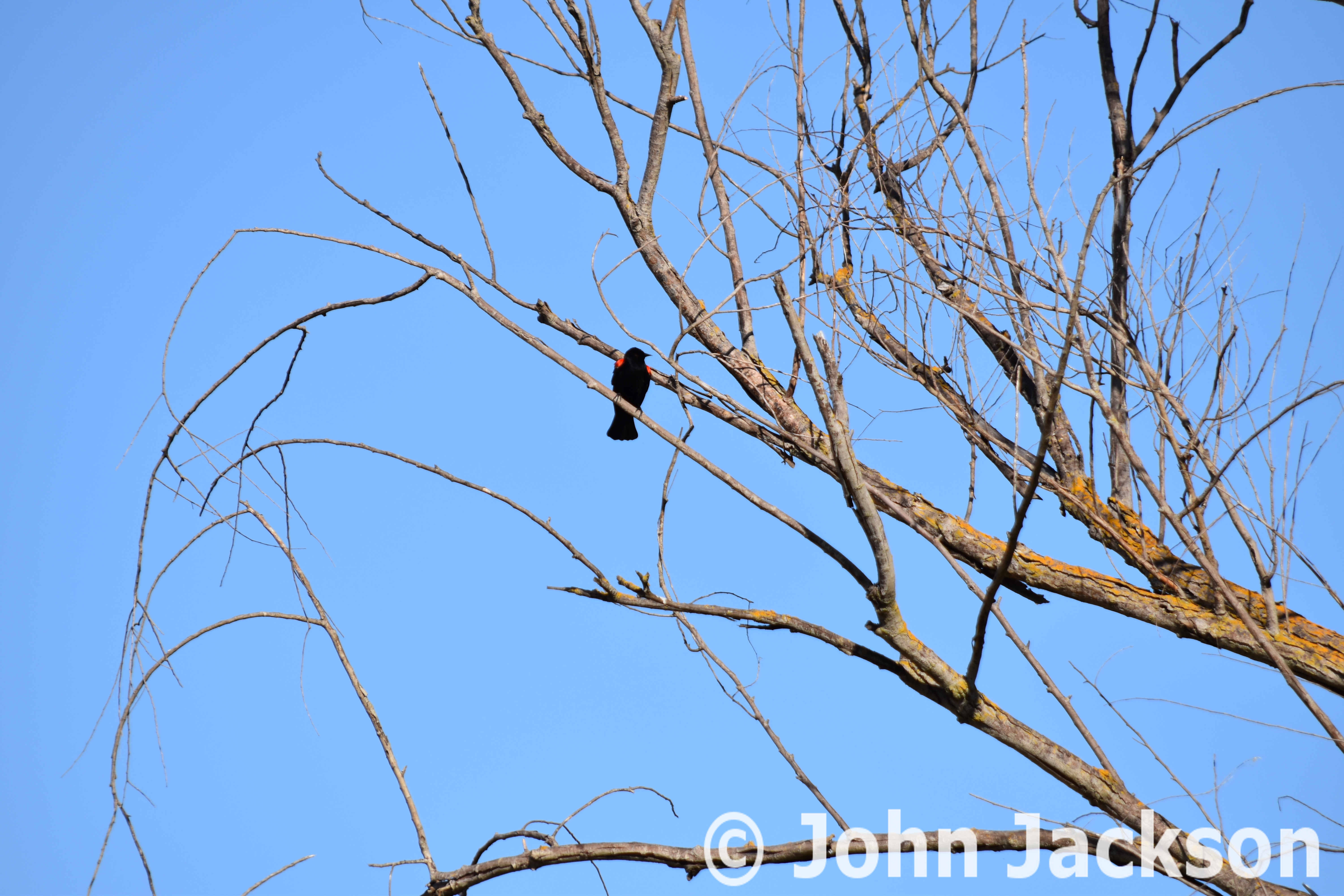 |
| The California Bicolored Subspecies of the Red-winged Blackbird. Note its red only patches; in other parts of North America Red-winged Blackbirds have a golden-yellow patch above the red. This subspecies actually makes identifying Tricolored Blackbirds easier, as you could confuse the yellow for the white. |
Most blackbird though have a tendency to prefer more rural settings, being easily found Along fence posts and fields as you leave suburban sprawl. Among these is the Tricolored Blackbird. It is endemic to the central valley of California, wedged between the Sierra Nevada and the Pacific Ocean. It's range however does extend North into Oregon and South into Baja. It is very similar in appearance to the red-wing blackbird it's main difference is a white stripe above it's red wing patch, while most red wings have a yellow stripe above the red patch (although in areas the tricolor inhabits you are likely to encounter the California Bicolor subspecies, which lacks any stripes above it's red patches) However, the tricolors behavior is quite different, red wing black birds are usually associated with water and marshes in my observation, while the tricolor acts similarly to species like the Brewers blackbird or cowbird, and prefers open fields and grasslands. Tricolors are also endangered. Although there are about 300,000 in the world, and that number is declining. These blackbirds are threatened on several fronts; their native grasslands and wetlands have been developed or converted to agriculture. The insects they feed on have been poisoned and are not in sufficient numbers to feed the blackbird populations. They also seem to have a similar problem to the now extinct passenger pigeon; They prefer to nest in colonies over 10,000 strong. As their populations decline this could mean some populations may stop breeding and die out, because they become too small to successfully nest.
 |
| Tricolored Blackbirds Foraging in a dry field, this looks like a more natural setting, but it is still just next to the Hampton Inn I was staying at. |
I have been gone searching a few times for this bird. In 2017, I saw them on ebird and took off to the farm fields south of Folsom (a town east of Sacramento). Driving along roads among fenced in fields, I saw a large flock of birds and quickly zoned in on a single male with bold white stripes above red patches. It was the Tricolored blackbird. Later that year I was back in Folsom again. On this particular morning, my parents had gone out for a morning walk around the hotel, which is pretty good birding, but very consistent species like Northern Mockingbirds, Great-tailed Grackles, and the Common Gallinule. My dad came back and began telling me the whole parking lot was filled with Tricolored blackbirds. I assumed it was some kind of joke, why would an endangered species be hanging out in a Hampton inn parking lot. They had to be entirely fictitious or a misidentification. However, he insisted the were there so I grabbed my camera and headed outside. To my surprise a whole flock of Tricolored blackbirds were wandering around the hotel parking lot, construction out back, and little dry field next to the hotel. Following the flock around I was led to the in-and out burger were they enjoyed a meal of dropped french fries. My guess was that it could be the same flock I had seen earlier in the year. It was not all that far from the site south of town. I however really have no idea, and maybe someone far more familiar with the species in the area could give me an answer.
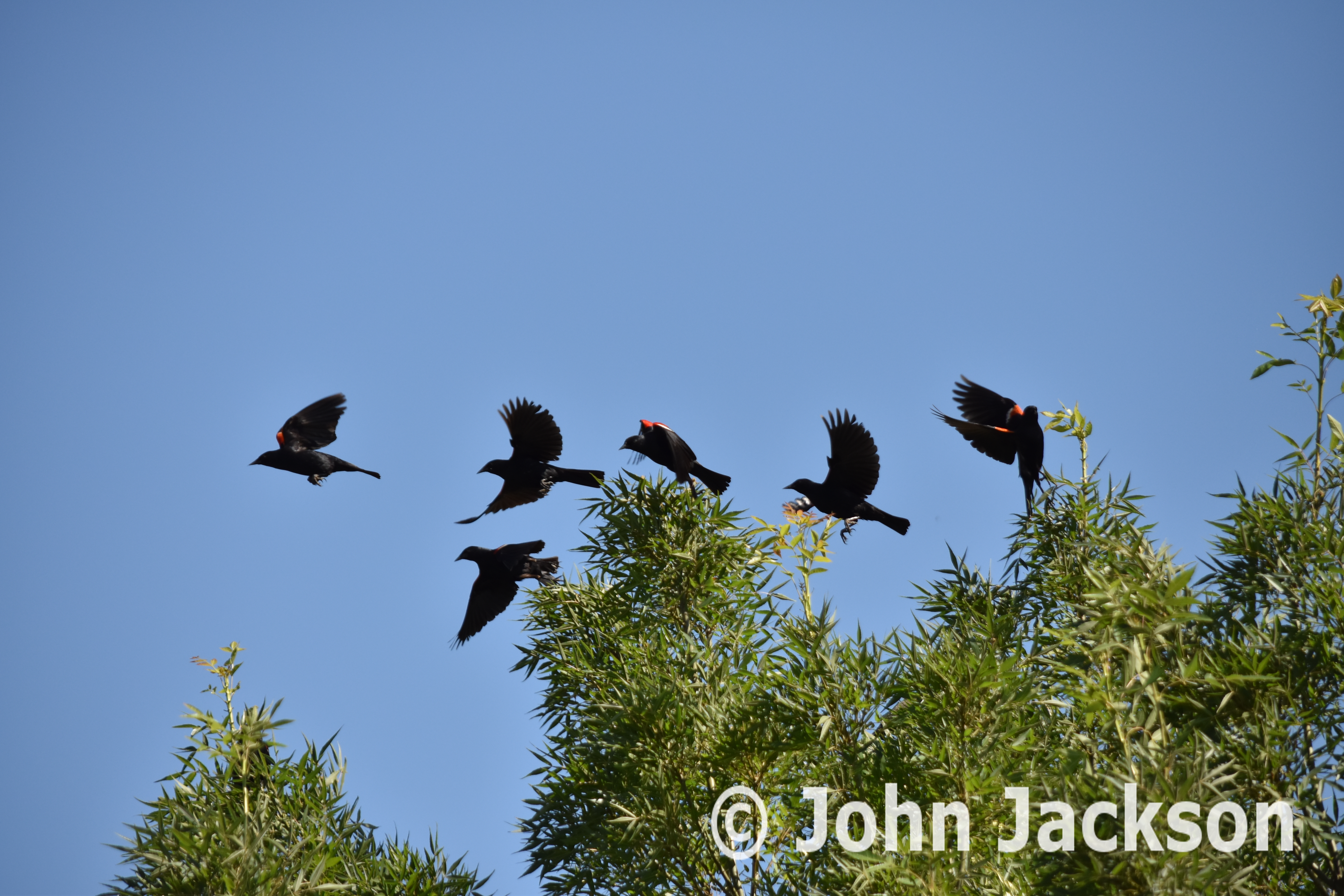 |
| Six Endangered Tricolored Blackbirds take off from a tree above an In-and-Out Burger |
The birds were there the rest of the trip, I even saw them in the nearby Costco Parking lot hanging out with House Sparrows and Brewer's Blackbirds, running under vehicles. I was quite surprised how easily they fit in with the other “trash birds.” Even some young birds being fed by their parents were part of the flock. The next time I came back to the area though they were gone, and I am very curious if this was just a fluke that the flock was behaving this way, or if they do this regularly. Perhaps it is a good sign they can adapt to an urban environment, but it could also mean there wasn't enough food in the more rural areas, so they were forced into town.
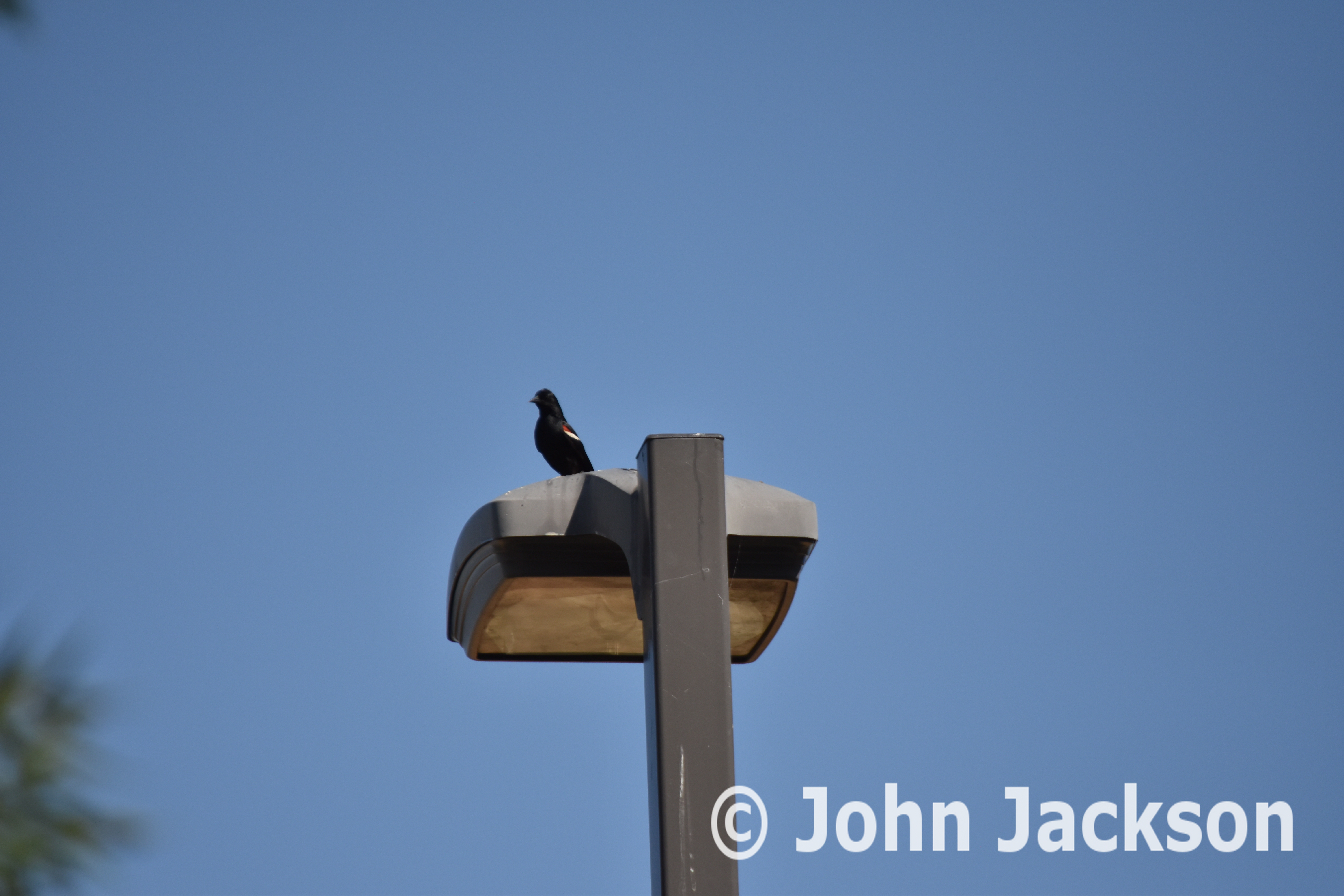 |
| A Tricolored Blackbird perched on a parking lot light. Finding these endangered birds right in the mix with suburban life was both promising an quite sad. |
Sources

